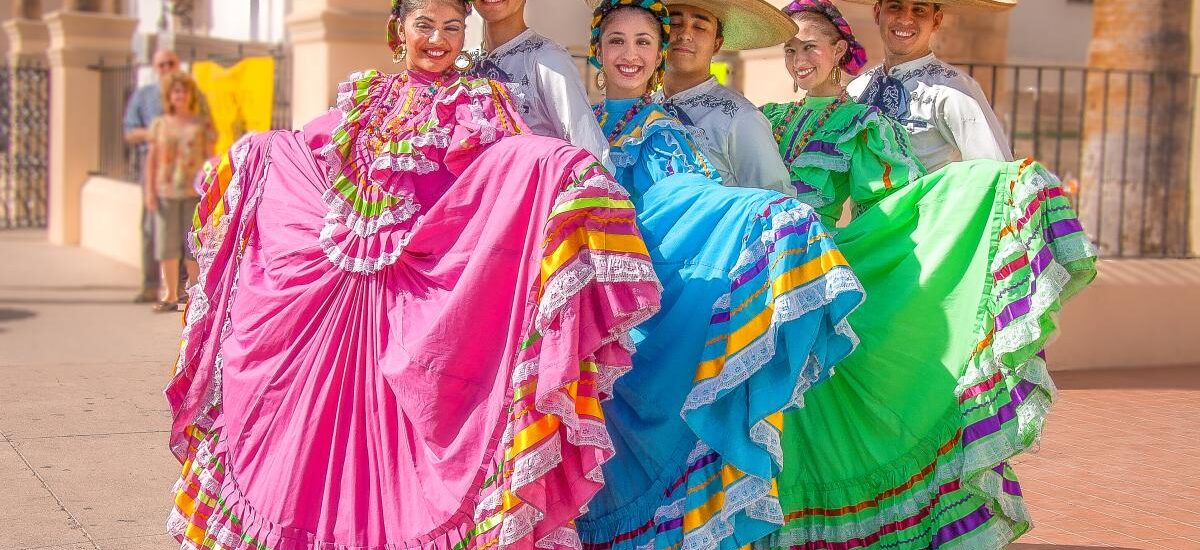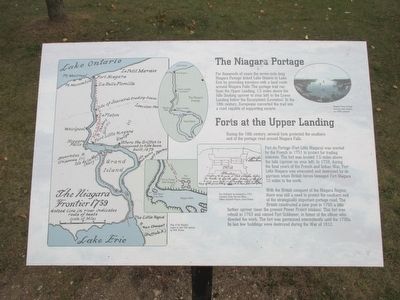Welcome to Tucson Culture, a vibrant tapestry of history, art, and tradition nestled in the heart of the American Southwest. Tucson, Arizona, is a city that goes beyond its desert landscape, offering a rich cultural experience shaped by its diverse communities and historical significance.
Tucson’s story begins long before it was officially established. The region has been inhabited for thousands of years, initially by the Hohokam people, who are credited with creating an extensive network of irrigation canals. These ancient engineers laid the groundwork for agriculture in the region, a practice that continues to be a vital part of Tucson’s identity.
Fast forward to 1775, when the Spanish established the Presidio San Agustín del Tucsón, a fort that marked the city’s official founding. This event was significant as it established Tucson as a key military and trade post in the region. The presidio attracted settlers and traders, creating a melting pot of cultures that included Indigenous peoples, Spaniards, and later, Mexican settlers.
Tucson’s strategic location made it a focal point during the Mexican-American War in the mid-19th century. Following the Gadsden Purchase in 1854, Tucson became part of the United States, transforming from a Mexican frontier town to an American city. This shift brought new opportunities and challenges, including the arrival of the Southern Pacific Railroad in the late 19th century, which spurred economic growth and expansion.
Throughout the 20th century, Tucson continued to evolve, becoming a hub for education and research with the founding of the University of Arizona in 1885. The university attracted scholars and students from around the world, enriching the cultural fabric of the city. Tucson’s dry climate also made it a destination for those seeking relief from ailments, leading to the development of health resorts and contributing to its reputation as a center for wellness.
Notable figures have left their mark on Tucson as well. Wyatt Earp and Doc Holliday, legends of the Wild West, are said to have roamed the streets of Tucson. In the realm of art, Ted DeGrazia, a renowned painter, captured the spirit of the Southwest in his vibrant works, many of which are displayed at the DeGrazia Gallery in the Sun.
Today, Tucson is celebrated for its cultural diversity, reflected in its festivals, museums, and culinary scene. The city’s blend of Native American, Hispanic, and Anglo influences is evident in its architecture, cuisine, and community events. The annual Tucson Gem and Mineral Show attracts visitors from across the globe, showcasing the city’s rich geological heritage.
As you explore Tucson Culture, you’ll discover a city that honors its past while embracing the future. From its ancient roots to its modern-day vibrancy, Tucson is a testament to resilience and renewal, a place where history and culture come alive in every corner.



